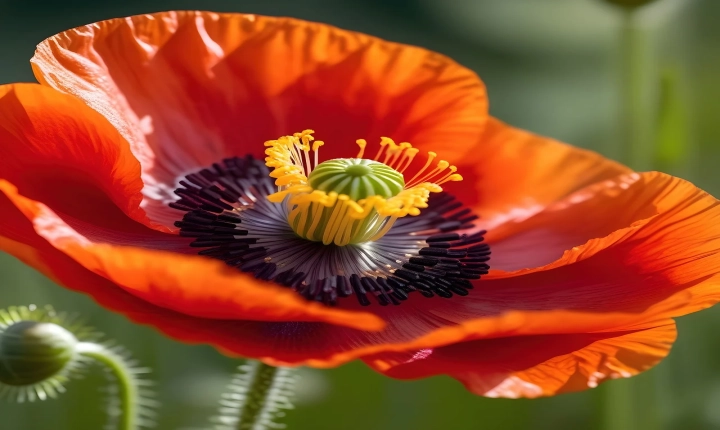As technology continues to advance at a rapid pace, the role of artificial intelligence (AI) in various industries has become a topic of much debate. One area that has been particularly affected by the rise of AI is the field of art. While AI has certainly brought about many positive changes in the art world, there is a growing concern among artists about whether AI poses a threat to their livelihood and creative expression.
One of the main concerns among artists is that AI could potentially replace human artists altogether. With the development of AI-powered tools and software, it has become increasingly easier for non-artists to create artwork that rivals that of professional artists. This has raised fears that AI-generated art could devalue the work of human artists and lead to a decline in demand for their unique creations.
Additionally, the use of AI in art has also sparked concerns about the originality and authenticity of art. AI has the ability to analyze vast amounts of existing artwork and generate new pieces that are heavily influenced by the styles and techniques of famous artists. This raises questions about whether AI-generated art can truly be considered original and whether it undermines the concept of artistic expression and individual creativity.
Furthermore, there are worries that AI could lead to a loss of jobs for artists as the demand for AI-generated art continues to grow. As more companies and individuals turn to AI for their artistic needs, there is a risk that traditional artists will struggle to find work and sustain their artistic careers.
Despite these concerns, many artists and experts in the industry argue that AI is not necessarily a threat to artists, but rather a tool that can be utilized to enhance their creative process. AI-powered tools can provide artists with new ways to experiment with different styles, techniques, and mediums, ultimately expanding their creative potential.
Moreover, AI has the potential to democratize the art world by making art more accessible to a wider audience. AI-generated art can serve as a gateway for people who may not have had access to traditional art education or resources to engage with and create art. This can ultimately lead to a greater appreciation for art and a more diverse and inclusive art community.
It is important to note that AI is not a replacement for the unique perspective, emotion, and storytelling that human artists bring to their work. While AI can be a valuable tool in the art world, it cannot fully replicate the depth of human experience and expression that is inherent in art created by human hands and minds.
In conclusion, while there are valid concerns about the impact of AI on the art world, it is clear that AI is not inherently a threat to artists. Instead, it is up to artists and the art industry as a whole to adapt to the changing landscape and harness the potential of AI to complement and enhance their creativity. By embracing AI as a tool rather than a threat, artists can continue to push the boundaries of what is possible in the world of art while maintaining the integrity and value of their unique artistic expression.
